Deutsches Museum
In the location's words:
The Deutsches Museum in Munich is one of the largest, most important and most traditional science and technology museums in the world. It attracts around 1.5 million visitors every year. There are currently around 40,000 square meters of exhibition space at five different locations, with over 30 exhibitions covering a huge range of topics: from nuclear physics to aerospace, from chemistry to bridge and hydraulic engineering, from musical instruments to health.
Visitors come to the Deutsches Museum to see a unique collection: from the first gasoline car, printing presses and engines to large airplanes. They come because scientific relationships are explained here so simply that even children can understand them. They come to see unique demonstrations - such as the model railroad, the microscopic theater or the chemistry shows - or to experience the rotation of the earth live on Foucault's pendulum.
The Deutsches Museum has been around since 1903. The museum's founding father, Oskar von Miller, wanted to create a place where a complete overview of science and technology could be given - including playful approaches that would allow visitors to grasp connections with the help of demonstrations and experiments. In 1925, his dream came true: the exhibition building on Museum Island as we know it today was opened.
But the Deutsches Museum is much more than this exhibition building. It consists of five locations, each of which is a highlight in its own right: The Transport Center displays more than 275 historic cars, trains, bicycles and much more on the subject of mobility - from the Benz motor car to the ICE. The Flugwerft Schleißheim is home to a large part of the Deutsches Museum's aviation collection and displays more than 70 aircraft - from Lilienthal gliders to Eurofighters. The Deutsches Museum Bonn is the first museum for contemporary research and technology in Germany and is currently being expanded into a central experience location for artificial intelligence. And the Deutsches Museum Nuremberg is all about the future - and the question of how visions become innovations.
But the Deutsches Museum is much more than just an exhibition space. After all, the purpose of a museum is not just to exhibit, but also to preserve cultural assets. The museum's collections include more than 125,000 exhibits - of which only around 25,000 are normally on display, and around 1,000 objects are added every year. The museum also houses the largest museum library in Germany with almost one million volumes. With almost five kilometers of shelves, the Deutsches Museum's archive is the leading specialist archive on the history of science and technology. In addition, there are the museum's workshops, where unique dioramas and demonstrations are created and exhibits are restored. And finally, the research institute and the educational programs of the Deutsches Museum also play a major role in the transfer of knowledge. All in all, the Deutsches Museum is already much more than just a museum.
But the institution is far from having reached its goal. As part of the Deutsches Museum's major initiative for the future, we want to become the most modern museum in the world. The first stage of this project of the century (realization phase 1 or "RA1") has already been completed. The first part of the exhibition building on Munich's Museum Island has been renovated and brought up to the state of the art. We are now showing 20 completely redesigned or updated permanent exhibitions here. At the same time, the second half of the building is now being modernized and the complex on Ludwigsbrücke is being developed into the Forum of the Future.
After all, science and technology are subject to constant change - as are the ways in which knowledge is communicated. We want to make knowledge an exciting and thrilling experience in the 21st century. And we want to make the museum a place where society can negotiate its future, where people can discuss what kind of progress they want to see and what tasks science and technology need to perform to achieve this. We also want to use many digital formats to make the Deutsches Museum's collection globally visible and use new forms of communication to enter into dialog with people all over the world. (Status 03/2023)
This content has been machine translated.Öffnungszeiten
Future events by Deutsches Museum
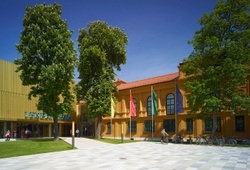
Lenbachhaus und Kunstbau

Sammlung Goetz /Schaufe…

Botanischer Garten Münc…

ESO Supernova Planetari…
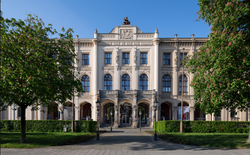
Museum Fünf Kontinente
Schlossanlage Schleißhe…

BMW Museum

NS-Dokumentationszentru…
Museum Brandhorst
Alte Pinakothek

Kunstlabor 2

Residenz München
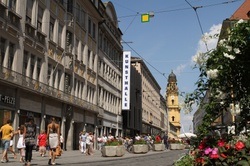
Kunsthalle München
Museum für Abgüsse Klas…

Marstallmuseum und Muse…
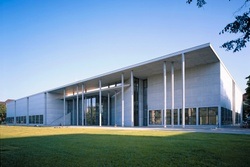
Pinakothek der Moderne
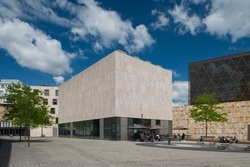
Jüdisches Museum München
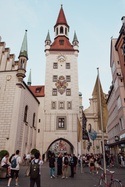
Spielzeugmuseum
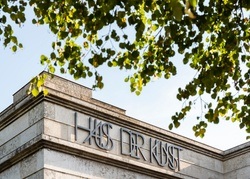
Haus der Kunst

Schloss Nymphenburg




Gemeinsam Events erleben
Events werden noch schöner wenn wir sie teilen! Deshalb kannst du dich jetzt mit Friends und anderen Usern vernetzen um Events gemeinsam zu besuchen. Loslegen